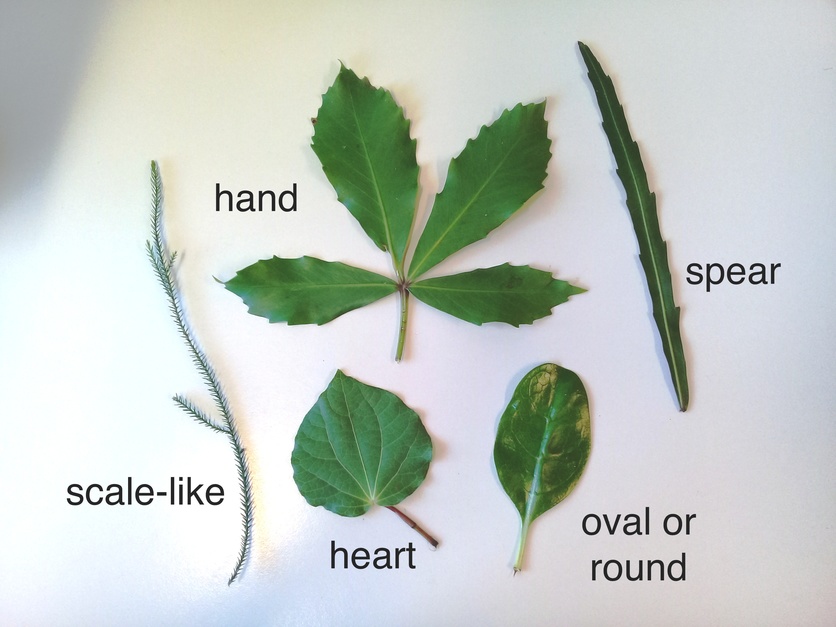Aotearoa New Zealand is well known for its unusual plants and animals. The land mass we call home separated from Gondwanaland approximately 85 million years ago. A few million years later, Aotearoa was at least 2,000 km away from our nearest neighbour – Australia. This isolation meant that, until humans arrived, plants and animals had no outside competition nor were they replaced by introduced species. They continued to evolve alone in this unique environment. As a result, 82% of New Zealand’s plants are endemic.
Our native plants and animals have some unusual characteristics. For example, many New Zealand native pollinators are attracted by scent rather than colour, so native plants tend to have small, white flowers instead of big showy blossoms. Find out more about the effects of isolation on plant adaptations and speciation in the article The uniqueness of New Zealand plants.
Unique trees – unique ecosystems
Aotearoa New Zealand has a wide range of ecosystems, and trees play a major role in many of them. Did you know that podocarp forests contain the highest biodiversity of any terrestrial (land) ecosystem in the country? The article Trees and ecosystems explains the key science concepts regarding our unique forest ecosystems. They include energy transfer within an ecosystem, mutualism (the interactions between native animals and native trees), stratified habitats (from the forest floor to the top of the canopy) and more.
Trees and interacting systems
If we step back from unique New Zealand and look at trees in a global sense, they play a significant role in several key processes. Trees are involved in the interacting systems of the Earth, including the hydrosphere, atmosphere and biosphere. The article Trees and natural cycles notes how trees play a role in the water cycle, the carbon cycle and the nitrogen cycle.
Classification and identification
What makes a tree a tree, and how do we classify them? Trees may be cone-bearing plants (gymnosperms), flowering plants (angiosperms) or ferns. The article What is a tree? explains some of the common features that define these plants as trees. The article also provides the basics of plant growth and how trees make wood.
Some of these features also help us to identify New Zealand trees. The article Identifying native plants has hints for identifying unknown plants. Observation is a key skill. Looking at leaf shape, size and arrangement on a stem is a good place to start. Other features that aid identification are bark, flowers, berries and cones. Sometimes visual observation is not enough to make distinctions between varieties of plants at a genetic level, so scientists use DNA analysis.
Activities to support classification and identification
Students can get a taste of classification without having to work through the complexities of the Linnaean system. The activity Native plant leaves – DIY classification system lets students create their own informal classification systems, using visual or other characteristics to group native plant leaves found in their local environment. The activity fosters observation skills (gathering and interpreting data) and provides practice in using and critiquing evidence.
Use the leaves for a second activity. In Making a life-size leaf collection, students gather, press and label plant leaves to create a life-size leaf collection. You can laminate the dried leaves for easier handling and storage. The laminated collections can be used as ID guides, to create a record of plants growing along a transect line (before or after ecological restoration, for example) or for future observation and classification activities.
Professional development and planning
Native trees, as a topic, offer many ways to explore the New Zealand Curriculum Living World strand and to practise the science capabilities. The Hub has multiple ways to help you navigate through this enormous topic.
The following interactive planning pathway identifies a few of the key science concepts and topics and groups Hub resources to support planning.
The recorded webinar Our native trees introduces some readily available resources from the Hub and the Department of Conservation. The presenters discuss how to engage in science inquiries and learning across the various curriculum levels. Other webinars in the series are: Eco-explorers, Eco-champions and Pest detectives.
Related content
Conserving native birds – introduction curates Hub resources about native bird conservation, their roles in ecosystems, adaptations and more.
Teaching in te reo Māori? We have a series of articles exploring trees available here.
The articles Indigenous perspectives – giants of the forests and The Majestic Samaúma – art meets science explore indigenous connections with trees in Aotearoa and in the Amazonian rainforest.
See our tree Pinterest board for a range of resources.
The Science Learning Hub team have created a collection on forest health. Log in to make the collection part of your private collection – just click on the copy icon.




